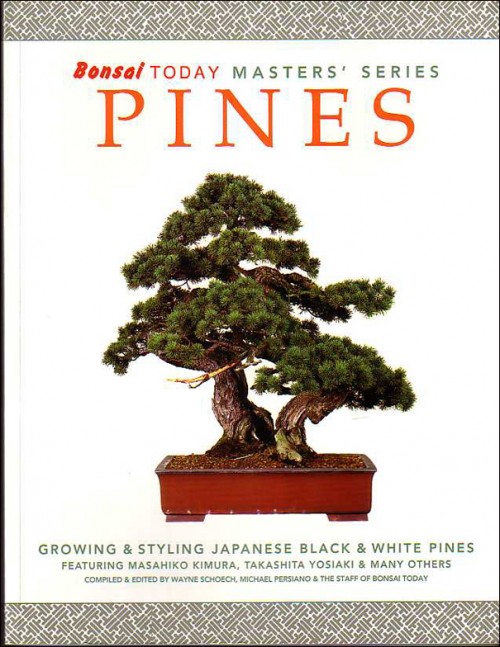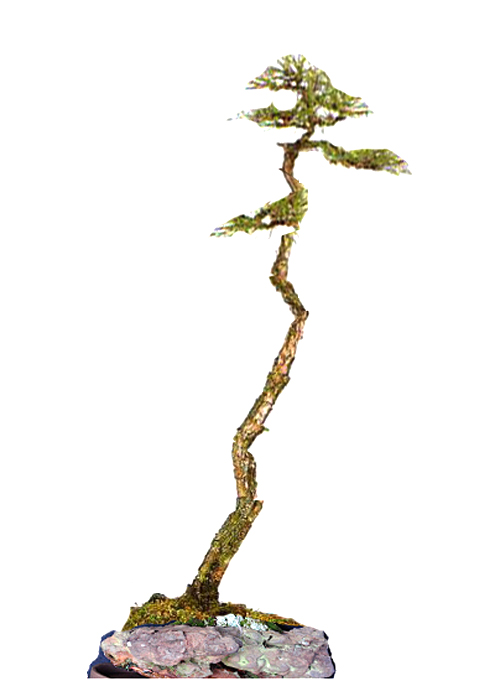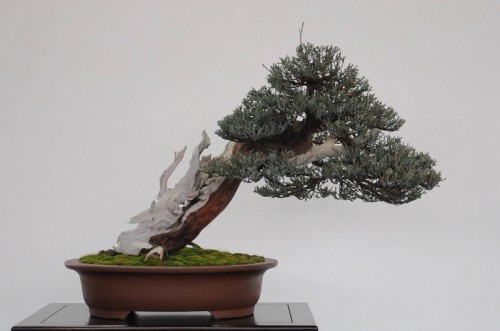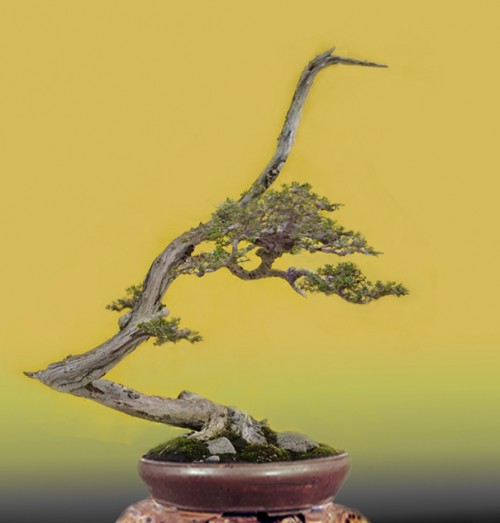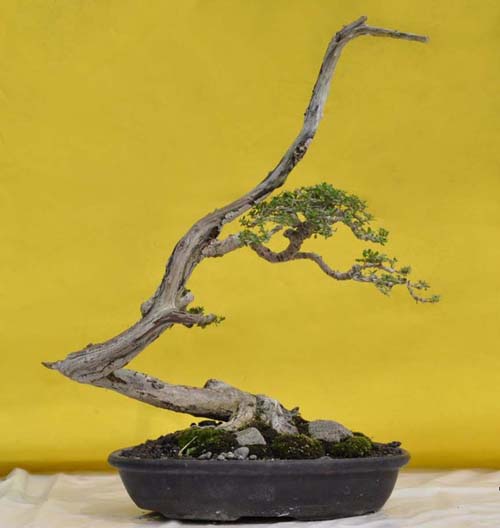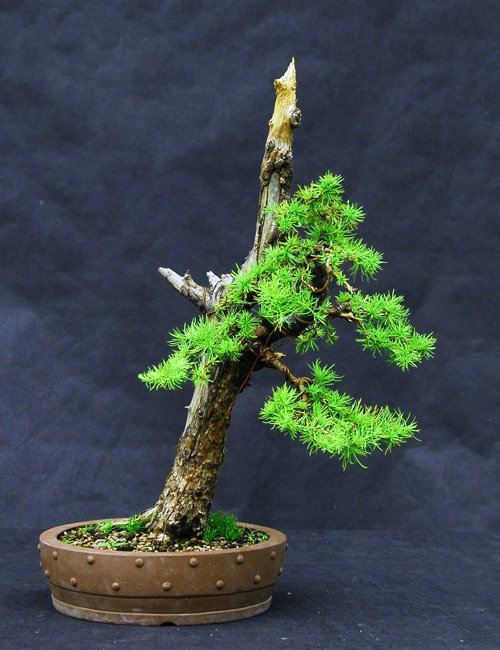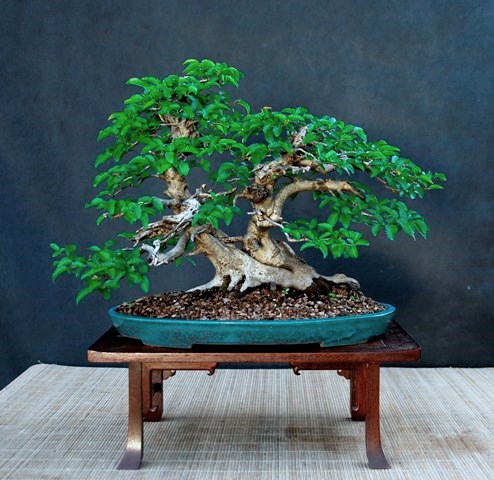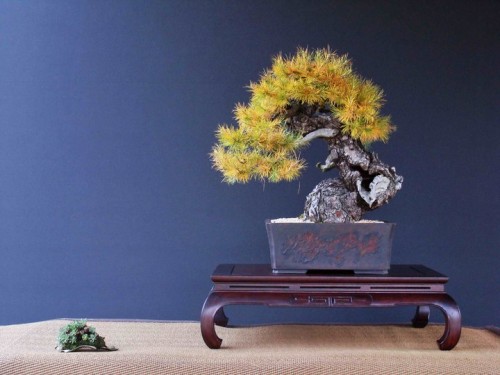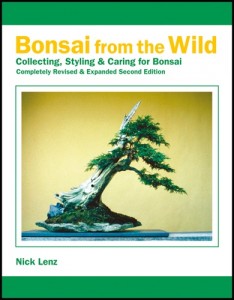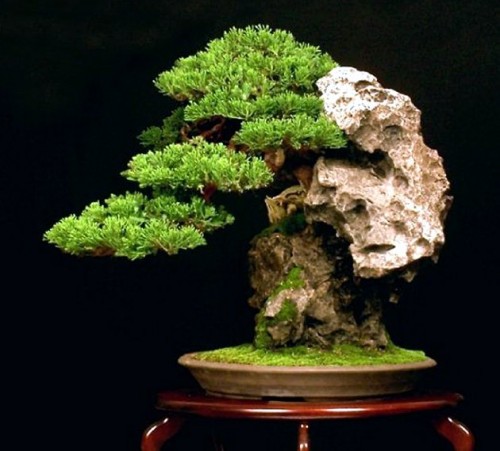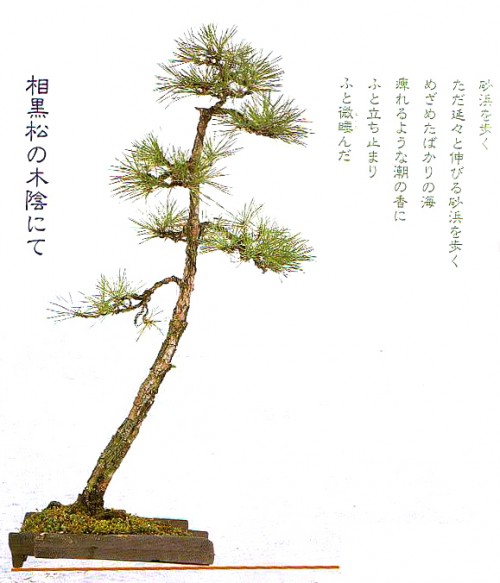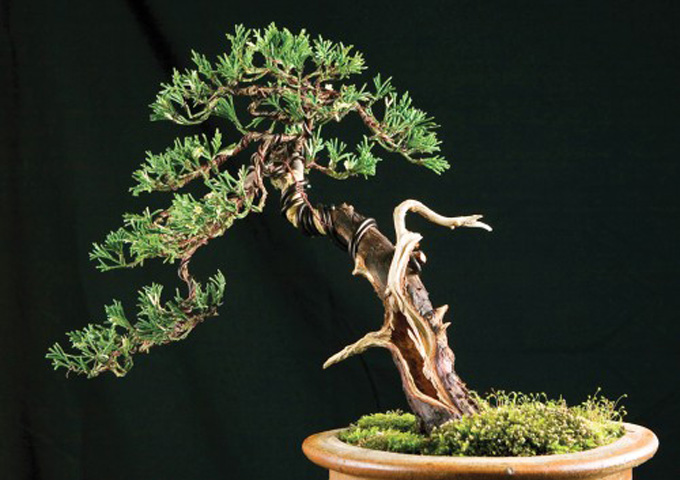
Simon Carr styled this little gem from scratch (see below) for an artofbonsai.org contest way back in 2005. It later appeared in Bonsai Today issue 103 in an article entitled ‘Instant Bonsai’ (I’d like to see what it looks like now).
Bonsai from Scratch
It’s time to get start thinking about your entry in our upcoming Bonsai from Scratch Contest. We’re going to make it worth your while with a $250 Stone Lantern gift certificate for the winner and other gifts for outstanding entries.
Five easy steps to get you started
1. Find an untrained stock plant. Your choice of size, variety etc.
2. Photograph it from all four sides (and any other angels you want) before you do anything else.
3. Grab your tools and get to work. Take your time; the contest won’t close for months. This will give our snowbound northern friends a fair chance.
4. Take photos as you go. The more the merrier.
5. When you’ve got what you want, put it in a bonsai pot (if it isn’t already) and photograph it from all four sides (and any other angel you would like). Hint: an uncluttered background that shows the tree to its best advantage is a good idea.
Stay posted
We’ll be following up with more information, like: categories, judges, deadlines, and whatever else we think will enhance the contest. Meanwhile, it’s not too soon for you to start planning.
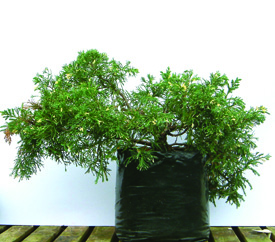
Before. The stock Simon started with. A good example of what we mean when we say untrained.
